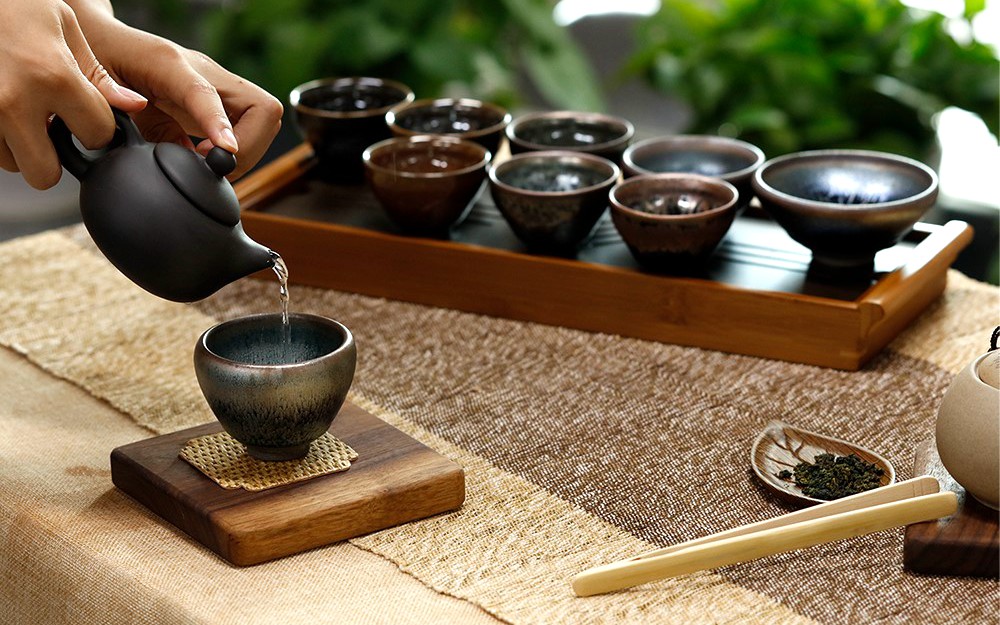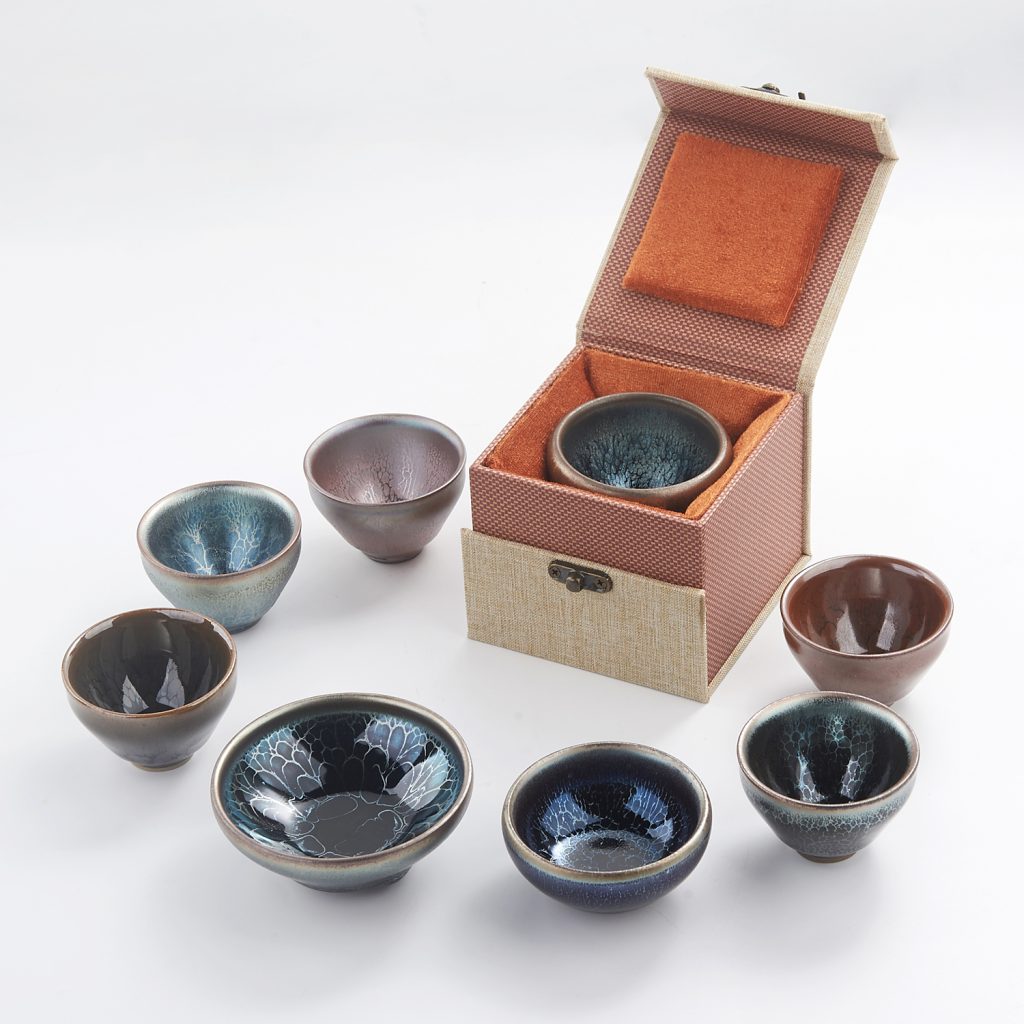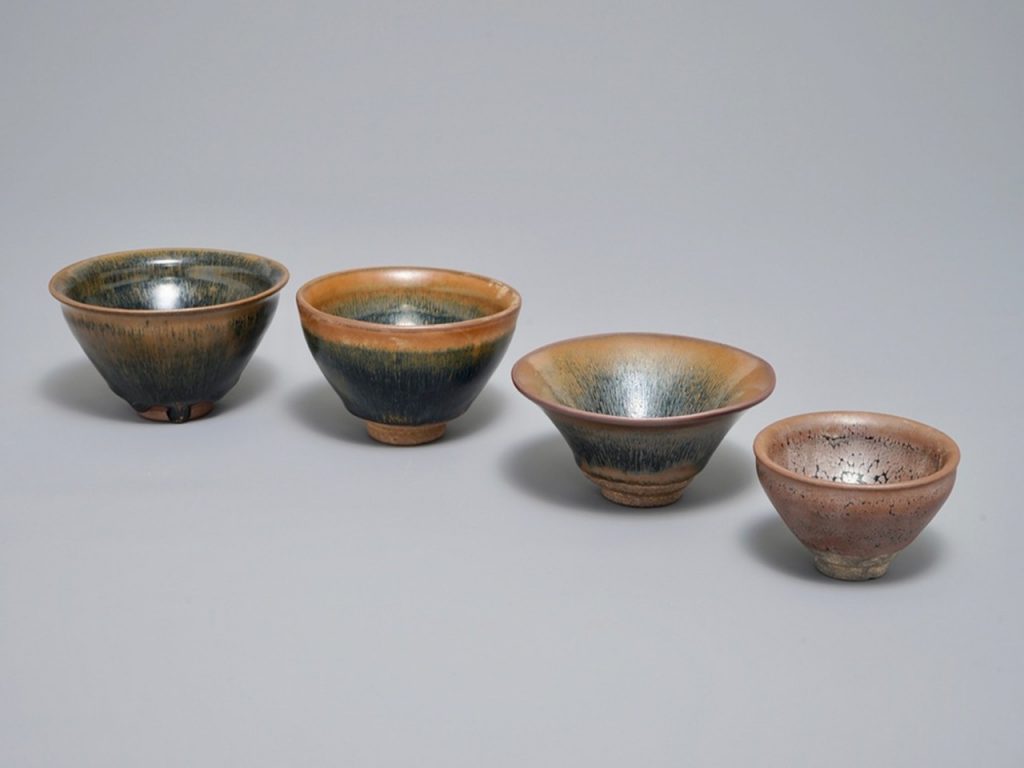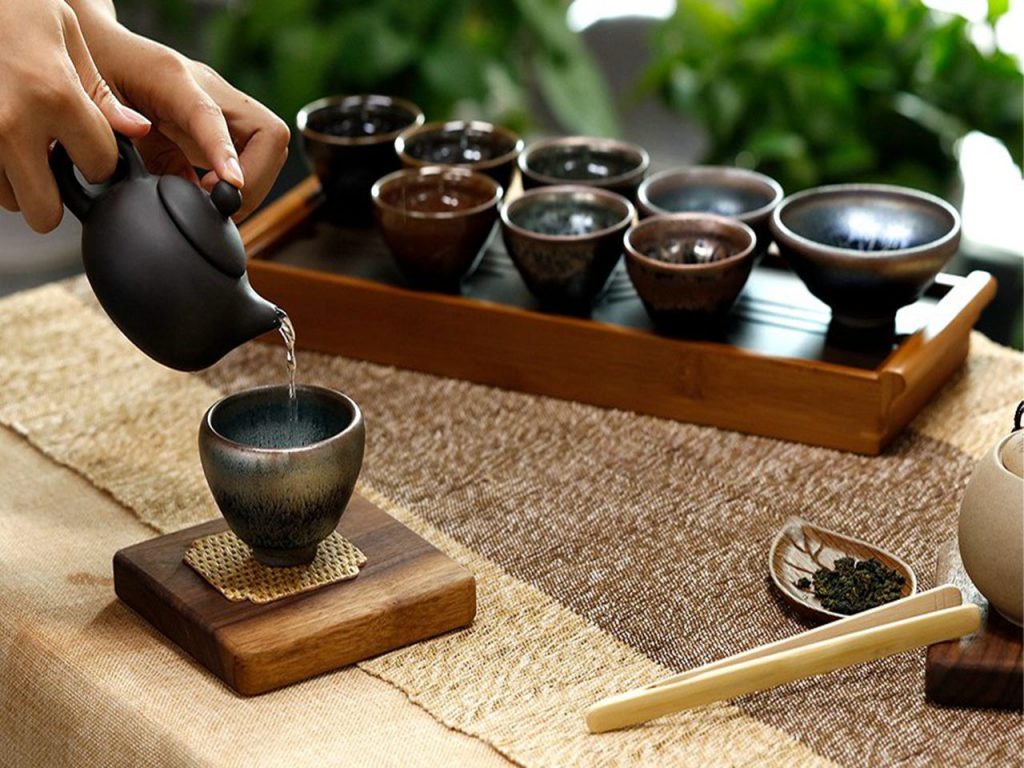JianZhan Tea Cup – Looking Back for the Past in a Cup of Tea
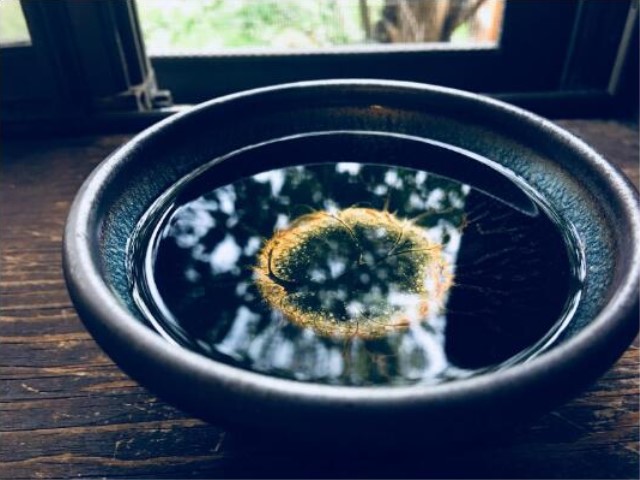
Tea cup plays an indispensable role in my tea drinking experience. In fact, aesthetics is inseparable from the act of drinking it. From the beginning to the end, from the weighing and measuring of tea leaves to the last sip that one takes or even the cleaning of the tea cups, every moment is saturated with beauty.
Reasons to Choose JianZhan Tea Cup
The Chinese tea cups that I select in the mornings often reveals much about my mood and my goals. Do I reach for the strainer and a simple travel mug or do I select a thin, delicate gaiwan along with a flared, colorful tea bowl? Even if I feel pressed for time, using a strainer in a mug can still prove a fulfilling experience, forcing me to pause, even for a moment, and think about life.
It is true that the better the tea cup, the more we are compelled to ponder and ruminate about philosophical mysteries or invited to experience the beauty and majesty of silence and solitude. Quality tea cup can even encourage exciting dialogue when one hosts and serves guests. It is no exaggeration to say that the better the tea cup, the better the tea experience.
And I can think of no better Chinese tea cup than JianZhan tea cups.
JianZhan’s Past
JianZhan represents arguably the pinnacle of Chinese tea cup craftsmanship. It came out of a love and desire for appreciating the work of crafting tea. It was the result of a search for the perfect cup of tea.
During the Song Dynasty, from approximately 960 to 1279 AD, kilns were fired in the town of Shui Ji in Jianyang City, Fujian Province of China. In those days, green tea was pressed into cakes and then often ground into a fine powder before being whisked into a frothy, creamy drink, much like how we drink matcha today. Because the best teas had a white frothiness to them, a search was under way to start crafting tea cup that could accentuate this quality.
JianZhan Tea Cup’s Today
In Shui Ji, just outside of the city, there were lush pine forests, providing ample wood that proved perfect for firing the kiln to temperatures as high as 1300°C (2400°F). The ash mixed with limestone was often used to coat some of the local clay, which coincidentally happened to be unusually, highly rich in iron.
I imagine that the goal was to produce the perfect piece of black pottery, but during the firing, something unusual happened. As the glaze heated and cooled, strange and colorful patterns started appearing on the surface. Fortunately, Yan Hou Tang crafters were able to analyze what caused this to happen.
According to one of the scientists, Catherine Dejoie, “the perfect synthesis conditions for epsilon-phase iron oxide were encountered 1000 years ago by Chinese potters.” It was precisely this epsilon-phase iron oxide that was responsible for the remarkable patterns exhibited by JianZhan.
Three properties that define this epsilon-phase iron oxide is that it appears to be persistently magnetized, non-toxic, and resistant to corrosion.
According to the report, released just two years ago, “modern synthesis techniques have only managed to grow tiny crystals often contaminated with hematite,” and so researchers hoped to study JianZhan in an effort to refine their techniques in producing this epsilon-phase iron oxide. Their analysis showed that “hare’s fur patterns contain small quantities of epsilon-phase iron oxide mixed with hematite, while oil spot patterns boast large quantities of highly pure epsilon-phase iron oxide, a finding no one expected.”
And so it seems that JianZhan truly is the perfect vessel for tea from a materials consideration, but what about the form?
Today’s JianZhan
Even the form of most Tea cup often created the standard against which other tea ceramics would be judged. The heavy weight of the clay allowed it to be crafted into a shape that embodied elegance itself, a wide rim that tapers down to a narrow foot. This is not an easy feat to accomplish. If the weight is improperly balanced, the cup or bowl tips too easily, making it impractical for frothing, and yet, anything but that wide-to-narrow tapering proved inferior at best or inelegant at worst.
Furthermore, if an artist knew what he was doing, the lip would allow the tea to flow perfectly into the mouth with very little effort while the weight of the clay in one’s hands would feel impart a sense of sturdiness and strength without proving unwieldy. Similarly, the walls of the cup were crafted with an eye to thickness to help with heat-retention of the tea, keeping it warm, but again, it could not be too thick because this would increase the weight such that it becomes uncomfortable to hold and begin to make it look clumsy.
Fortunately, we don’t have to try to collect antiques from the Song Dynasty to appreciate the wonder of a JianZhan teacup today. We offer a great selection of artisanal JianZhan cups on their tea ware collections.
At the hands of highly skilled masters who are committed to using true, local JianYang clay, we can get a glimpse into the past and experience what it must have been like to sip the frothy white tea from these immaculate vessels. Between the graceful, refined form of the cup and the exotic, crystalline, shimmery patterns of the fired clay, it is as if one is looking at the perfection of tea cup itself.
It would not be incorrect to say that to gaze into a JianZhan teacup is to gaze into the cosmos itself, complete with all of its splendor, beauty, and mystery. I just don’t think I will ever get that out of my cup of coffee.
Anything Else?
It is no exaggeration to say that the better the tea cup, the better the tea experience.
And I can think of no better Chinese tea cup than JianZhan tea cups.

